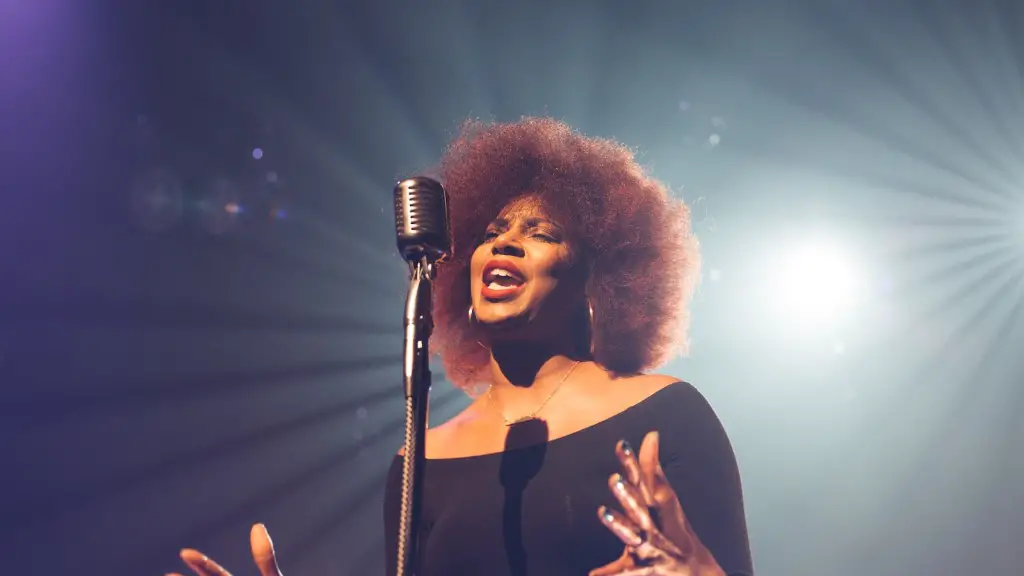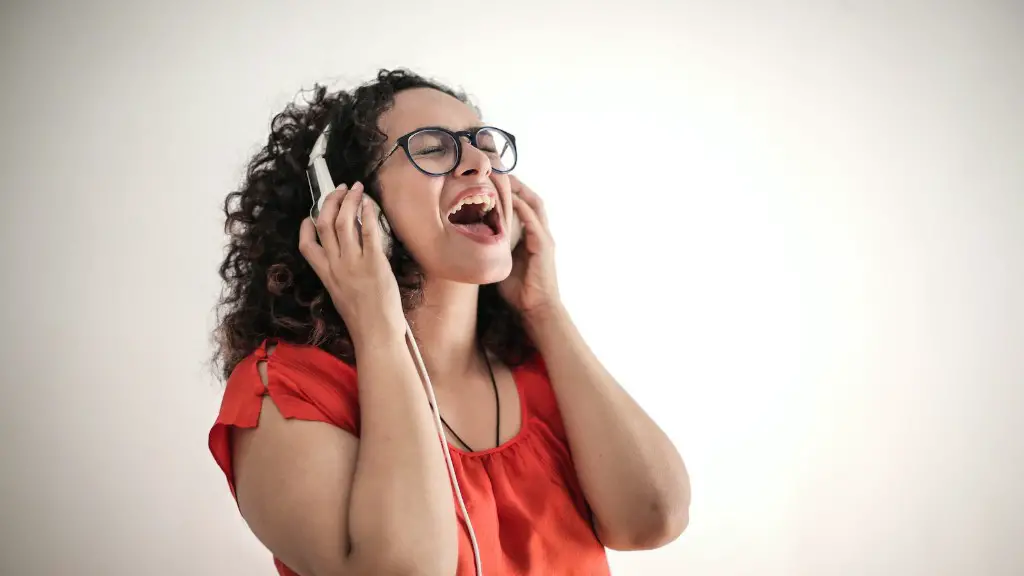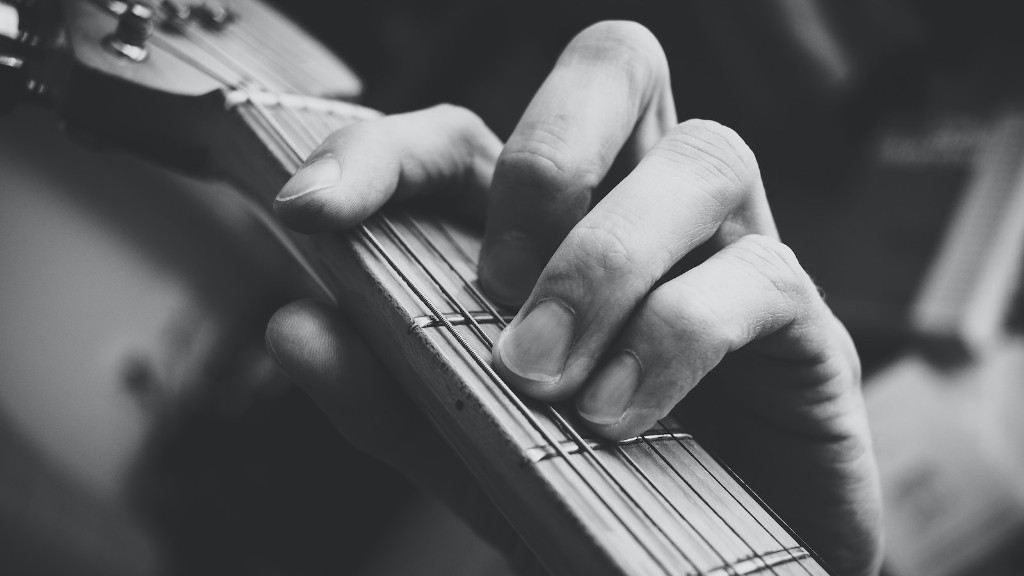How to Draw A Cartoon Ear
Do you want to create your own cartoon universe where characters have the power to shine? It all starts with the basics of drawing – and shaping ears for your cartoon creations can be really fun and exciting! Drawing cartoon ears isn’t hard, but mastering them is another story. Here are some tips and tricks to help you get started!
Shape it Up
Start by sketching a basic geometric shape. This can be shaped like an upside-down triangle, a curvy oval or something different altogether. This shape should be large enough for the inner ear details and its small curls to fit easily. It’s important to decide early on whether the ear has realistic or exaggerated proportions when it’s finished.
To add a more cartoony feel, exaggerate the size of the ear to make it more playful. To make it less cartoon-like and more realistic, reduce the size a bit. When sketching outline your shape in pencil, because nothing is worse than overshooting and having to completely recopy your work.
Now comes the fun part: you get to add the details to your ear shape! This is where you can be creative and design an ear that is truly one-of-a-kind. You can choose to add big ridges, jagged patterns, or include small lines and wrinkles. Whatever you decide, it’s best to sketch these details lightly with a pencil before tracing with ink.
Curls are Waves
The ear’s foremost characteristic is its curl – this helps distinguish one type of ear from another and encapsulates the character’s personality. Curls come in all shapes and sizes. From tight spirals to loose waves, or wide and narrow swirls, there are countless ways to draw curly cartoon ears. You just need to play around and find a style that works for you.
Once you have the shape of your curves nailed down, another element worth considering is the direction of your curls. Depending on the pose or character design, having them slightly facing outwards or inwards can give your ears the breathing room they need. Small details like this can really make a character come alive!
Oh, and don’t forget the underside of the ear. The indented part of the ear can be detailed with lines, half circles, or anything else you’d like to add. Every set of ears will be unique, so get creative and don’t be afraid to play around!
Make it Pop
Once you’re happy with the main shape and details of your ear, it’s time to add shading and texture. Cartoon ears work best when they have texture in the form of shadow and highlights. This can be achieved by overlaying the ear with various shades, creating the impression of three-dimensional form.
When shading, use different tones of gray or brown to bring a level of contrast and depth. You can add additional depth by using a dark or light tone for the imprint of the ear. For a cartoony effect, use bright and colorful shading. You could also add shadows for different effect by smudging your pencil lines. The possibilities are endless, so don’t be afraid to experiment and have fun!
Finishing Touches
Now that you have your ear shape and details nailed down, it’s time to give them a final once over. From erasing smudges and smears to adding stripes or stars, small details can truly make a huge difference. So take your time and make sure that you’re happy with the overall look of your ear.
For added dimension, add small reflective highlights, such as a tiny spec of white. You could also switch up the direction of the curls, or add dots in random places. Don’t worry if your final product doesn’t look like the ear of a real person. The beauty of cartoon ears is that they can be as creative and imaginative as you!
Bring it to Life
Now that you have nailed down all the fundamentals of drawing cartoon ears, it’s time to bring them to life! Use thinner or thicker lines for added emphasis, or even color your ears to make them stand out. Have fun with it and make sure to take risks!
You can also have a wider range of expressions in your characters by adding different ear shapes and sizes. Play around with different styles and dont be afraid to combine classic shapes with wilder than life curves. You could even give your characters 3D ears or devil horns – nothing is impossible!
It takes practice to perfect any skill and your anime and cartoon ears are no exception. So don’t be afraid to replicate other artists’ ears and take creative liberties. Have fun and with patience, you’ll soon be creating cartoon universe’s populated with the most unique and expressive characters!


